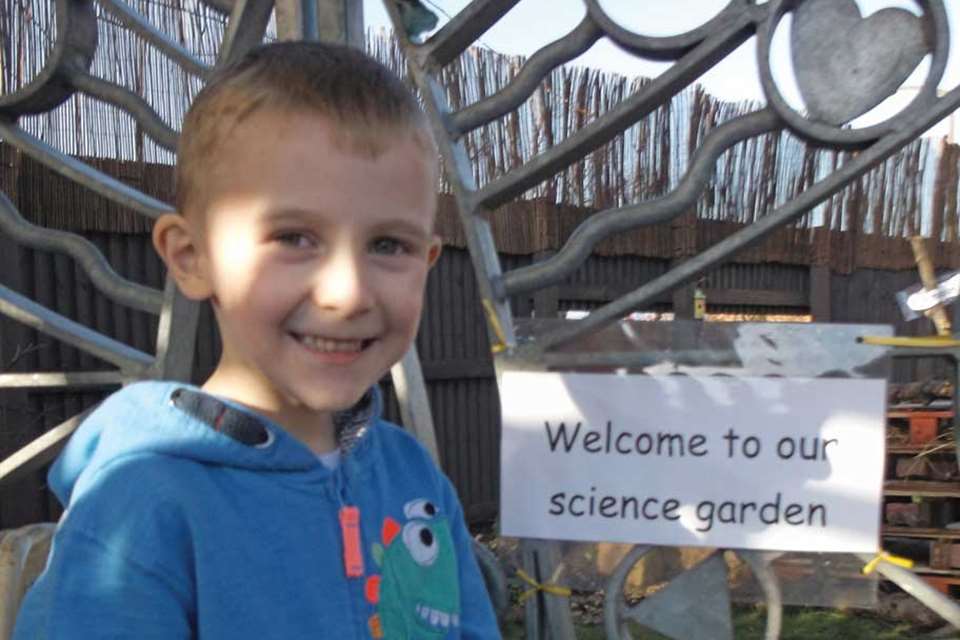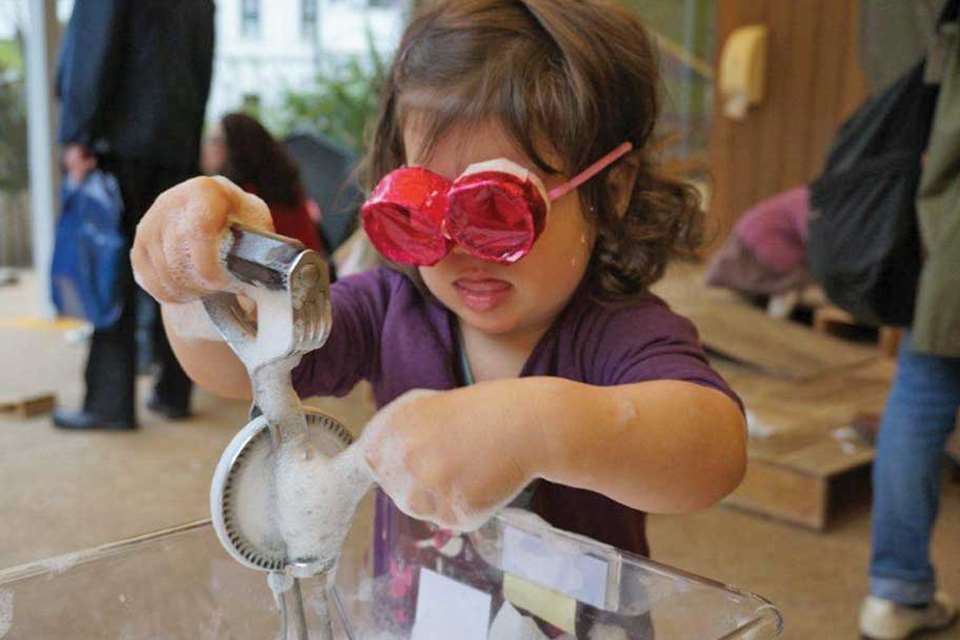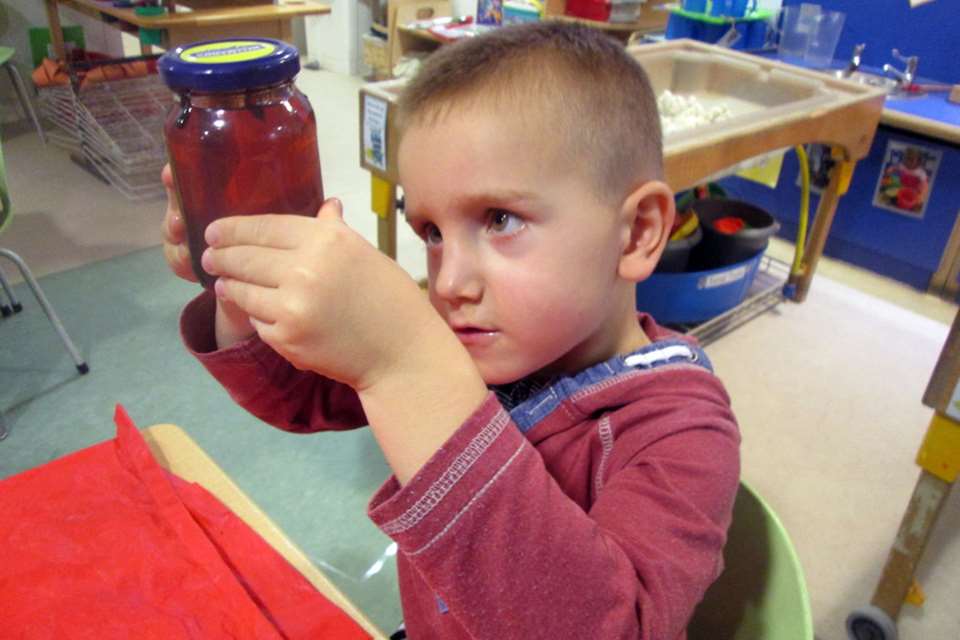We explore...STEM
Annette Rawstrone
Friday, September 15, 2017
One nursery is using STEM subjects to turn children into winning engineers. Annette Rawstrone reports

Children from The Enchanted Tree Nursery in Glasgow recently used their engineering prowess to beat older children in a car-building competition at the City Chambers.
It was the first time that nursery-aged children had entered the Primary Engineer Challenge, organised by The Universe of Engineering, so to go home with gold medals was a huge achievement (see below).
‘We are very proud of our engineers,’ says deputy manager Laura-Jane Gelston. ‘They worked extremely hard to compete at primary level. It was an incredible experience. Their reaction when they won was priceless, definitely one of the highlights of my career so far.’
Ms Gelston, a graduate in computer engineering and a trained teacher with a postgraduate certificate in primary science, is passionate about raising achievement and closing the attainment gap in science, technology, engineering and maths (STEM) subjects. She had undertaken primary engineer training while working at a school, so was keen to share her knowledge with children at the family-run nursery that she jointly opened with her sister and aunt in November last year.
‘STEM is often overlooked in nurseries because people shy away from it and think it is for older children, or they don’t personally know about it,’ she says. ‘I have a particular passion for STEM and think it’s very easily incorporated into the nursery. You don’t need a lot of equipment and it can be done on a limited budget.’
A large part of the nursery’s ethos is to provide practical experiences for children, including scientific experiments and designing and making things. ‘The arts element is also a huge part because it’s important to take care with designs and how the finished product looks,’ adds Ms Gelston.
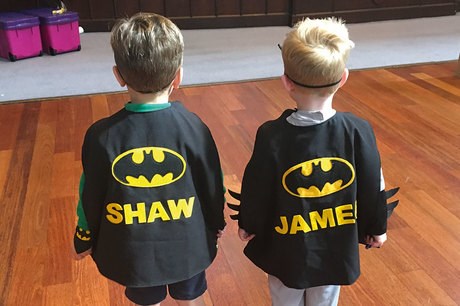
FROM SHOEBOXES TO MOVING VEHICLES
Two pairs of children from the nursery took part in the Primary Engineer competition. They had a fortnight to transform shoeboxes into moving vehicles complete with removable chassis. Thought also had to be given to aesthetics and the children were expected to be able to explain their design to the judges.
‘Part of the challenge for us was that our four-year-olds don’t have the concept of rulers just yet so they use non-standard measure. They understood that the axle needed to be in a line for the vehicles to go straight so they used Lego blocks to mark where to punch the holes with a hole punch,’ says Ms Gelston.
The children selected big wheels because they thought they would move faster and chose axles with wooden spindles, which they sanded down to the correct size. They gave thought to the colour, shape and look of their vehicles – and while the two boys chose to design a Batman-themed car, the girls wanted one that was glittery.
The children tested their vehicles before attending the competition, held in the grand environment of Glasgow City Chambers. ‘We stood out as the only nursery but everyone was very informal and great with the children,’ Ms Gelston says. ‘They were asked questions about their designs, including if there was anything they were not happy with – the boys responded that they tried to modify their design to include wings but it didn’t work out; and what the best bit was – they answered “using tools and attending the competition”.’
Competing teams had to release their vehicles down a ramp to see which travelled the furthest and went the straightest. Points were totalled and the nursery’s Team Bat Boys were victorious. ‘They were very excited to return to nursery and show everyone their real medals,’ says Ms Gelston.
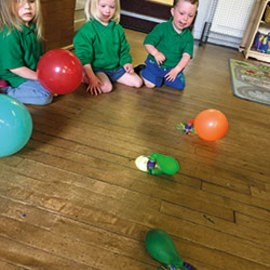
MARSHMALLOWS AND SPAGHETTI
These explorations are not just for competitions; practitioners at The Enchanted Tree Nursery attempt to integrate STEM into the children’s interests and activities and are keen to use scientific language such as ‘hypothesis’, ‘conclusion’, ‘research’ and ‘observe’. Parents are excited by their children’s STEM investigations and are adding to the focus by coming in to nursery to talk to the children about the work they do, including a civil engineer and hotel designer.
The children’s interest in vehicles and design has continued and they have made hovercrafts using bottle caps, CDs and balloons and created toys from everyday objects. Children are encouraged to build famous buildings and landmarks that they have seen in the construction area using a variety of materials, from Lego to marshmallows and spaghetti. ‘It’s all about the experience of exploring how to build something and problem-
solving,’ Ms Gelson explains.
They have recently been focusing on different nursery rhymes, and practitioners have introduced linked challenges for the children. ‘As we were learning Hickory Dickory Dock, children had to work collaboratively to design, create and build a grandfather clock using any materials and a washer as a pendulum. The pendulum had to move back and forth five times with only one push to complete the challenge,’ Ms Gelson says. After discussing Humpty Dumpty, the children put boiled eggs into sandwich bags and chose different materials to surround them with – ranging from bubblewrap to a Cinderella costume. They then predicted if the eggs would crack or not before pushing them off a wall and recording the results. 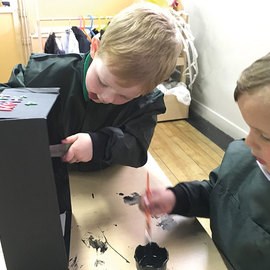
‘As part of our spring theme we discussed characteristics of birds. We found birds’ feathers in our garden, examined them with a microscope and discussed their colours, patterns and designs. Children enjoyed exploring properties of feathers such as texture and weight. We blew feathers and observed the results like real-life scientists,’ says Ms Gelston.
‘We studied photographs of various birds’ nests. We discussed locations; for example, eagles’ nests on top of high trees and ducks’ nests on the ground near water; and materials such as grass, straw, mud, leaves. We challenged the children to create their own birds’ nests using dough as mud and natural materials they sourced outdoors.’
Primary-school children in Glasgow should beware because the children from The Enchanted Tree Nursery are planning on entering the Primary Engineer Challenge again next year.
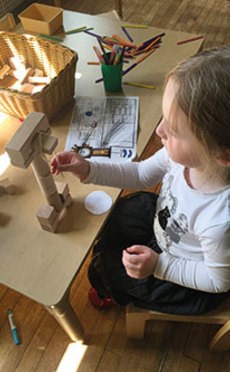
STEM OR STEAM?
Many of us are familiar with the STEM disciplines of science, technology, engineering and maths, but in the USA there’s a growing STEAM movement that’s campaigning for the arts to also be included.
It is being championed by academics and students at the Rhode Island School of Design who argue that it’s important to incorporate creative thinking and visual learning into STEM. The movement aims to:
- transform research policy to place art and design at the centre of STEM
- encourage integration of art and design into education
- influence employers to hire artists and designers to drive innovation.
Conducting research, close observation and critical analysis are, they say, practices that both artists and scientists do.
In opposition, people are arguing that adding arts to STEM could dilute the focus on hard sciences. STEAM supporters respond that it’s nothing new, with Leonardo da Vinci mixing invention and art in the late 15th and early 16th centuries – as well as being famed for painting the Mona Lisa, he is sometimes credited with inventing the parachute, helicopter and tank.
THE UNIVERSE OF ENGINEERING
The not-for-profit organisation Universe of Engineering aims to develop the skills and confidence of early years, primary and secondary teachers to deliver engineering-based learning to children and support emergent science and technology learning.
The Early Years Engineer programme, an extension of the Primary programme, provides a variety of short, small-group, practical STEM activities and high-quality, planned play experiences, with science exploration and investigation at the heart of the learning.
The activities aim to spark curiosity and dialogue, promoting essential early scientific and technological experiences that will underpin later learning. Teachers gain an understanding of how to develop investigations into STEM and extend it across the curriculum.
NW SHOW: MASTERCLASS
Join us at next year’s NW Show, in London, to hear space scientist Dr Maggie Aderin-Pocock and early years experts speak about ‘inspiring, supporting and teaching’ young children, particularly in the areas of science, technology, engineering and mathematics (STEM).
As keynote speaker at the masterclass, on Friday 2 February, Dr Aderin-Pocock will talk about her personal learning journey and the place of STEM in early education; Effra Nursery School staff will talk about their adventures in STEM; and Professor Julie Fisher will round off the morning with a detailed look at the role of the early years professional in teaching young children and supporting their learning.
The Nursery World Show website is now live, so to register and view the full masterclass and seminar programme over our two-day event, visit:
www.nurseryworldshow.com
MORE INFORMATION
- www.universeofengineering.com
- http://stemtosteam.org
- ‘Future proof’ by Annette Rawstrone, Nursery World, 2 April 2017, is at: www.nurseryworld.co.uk


